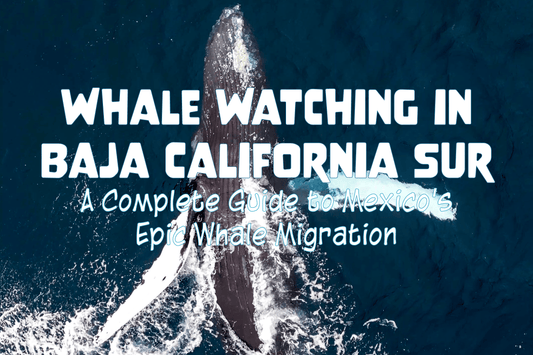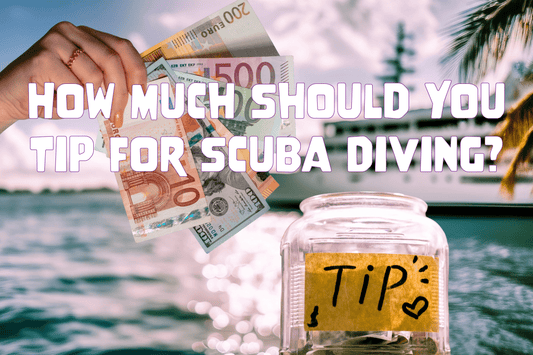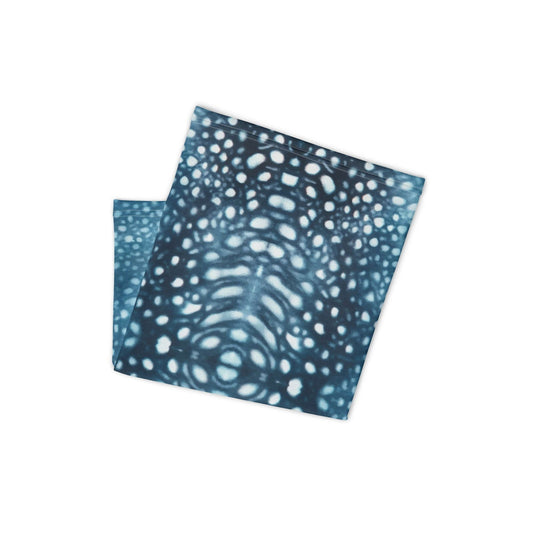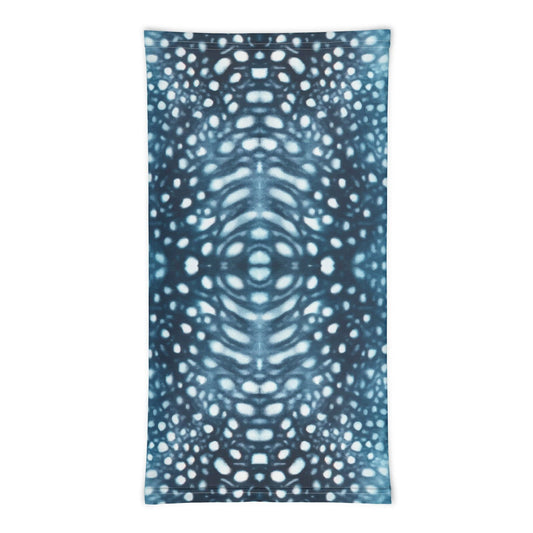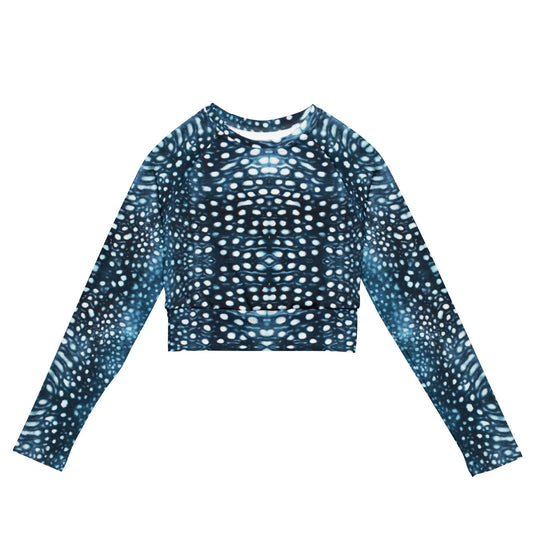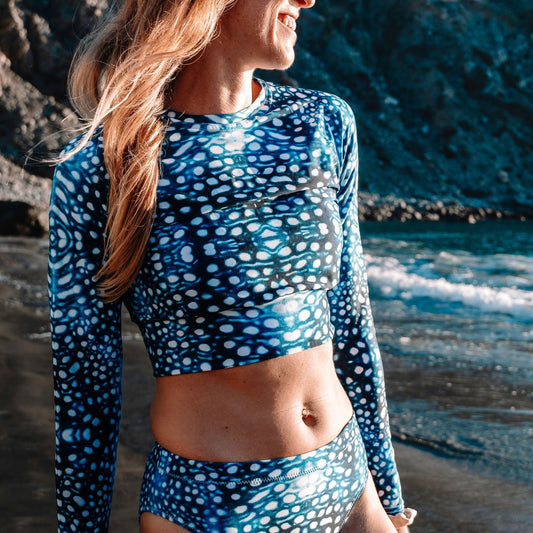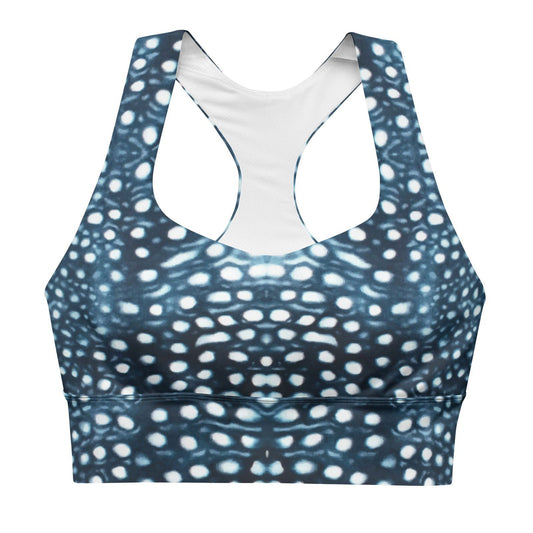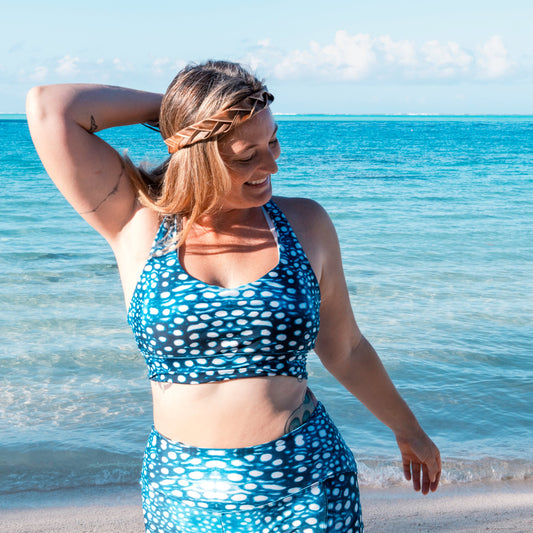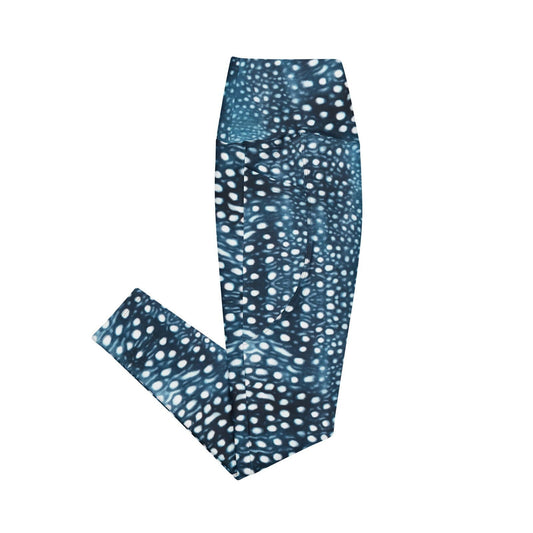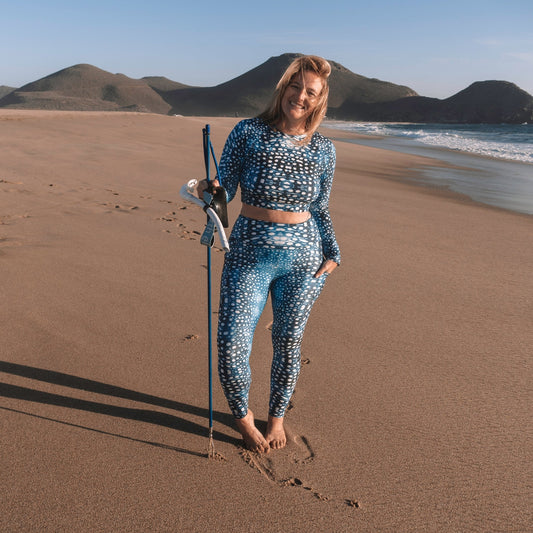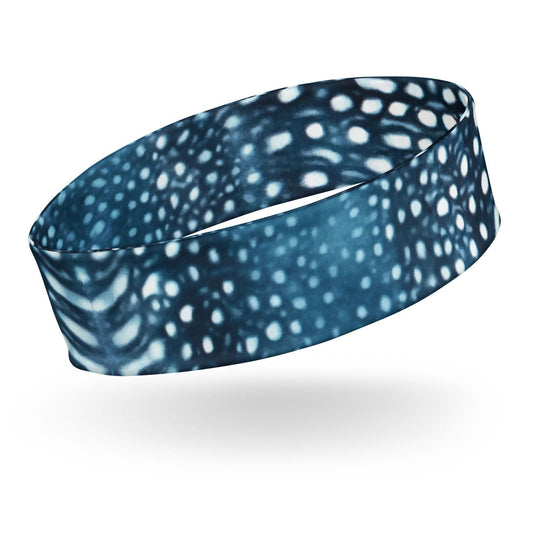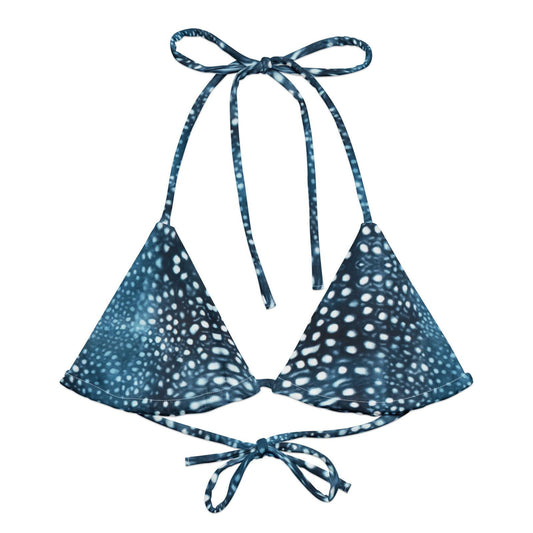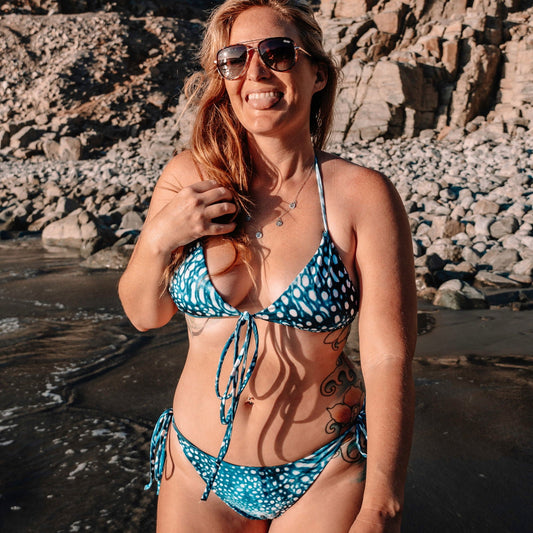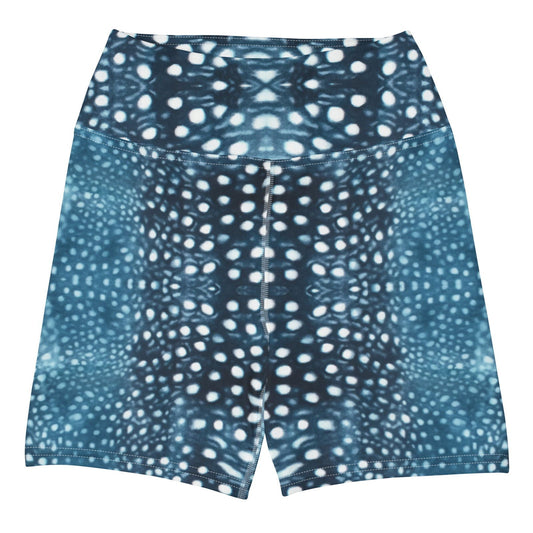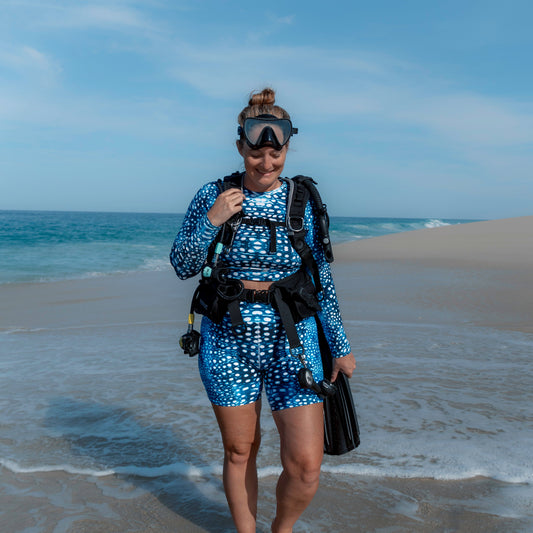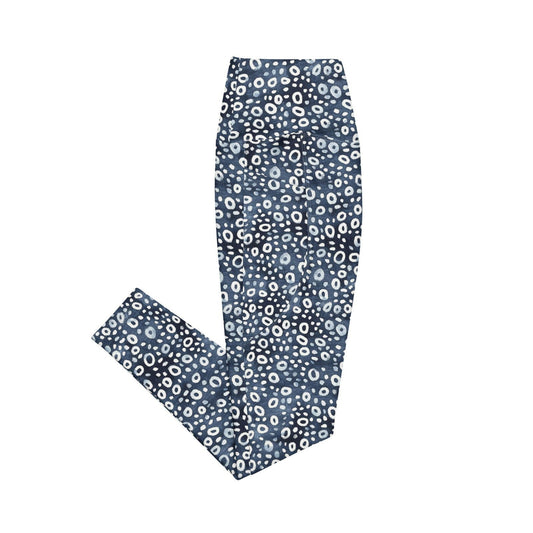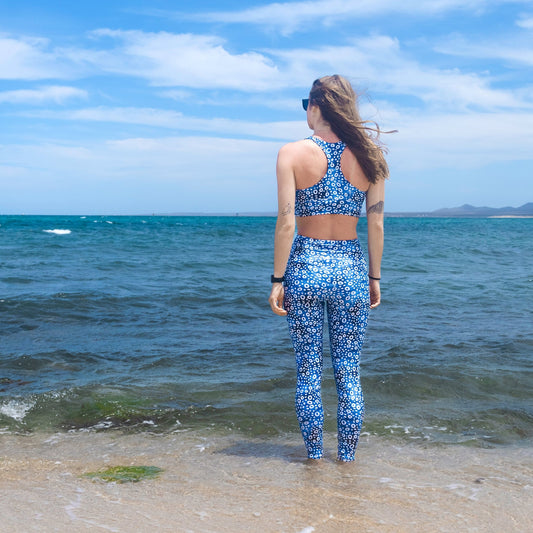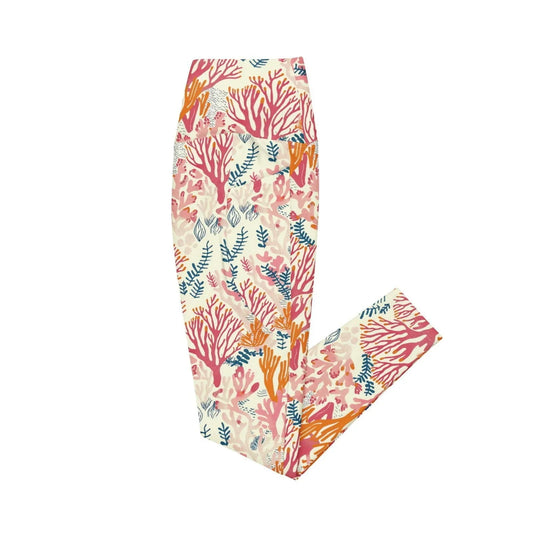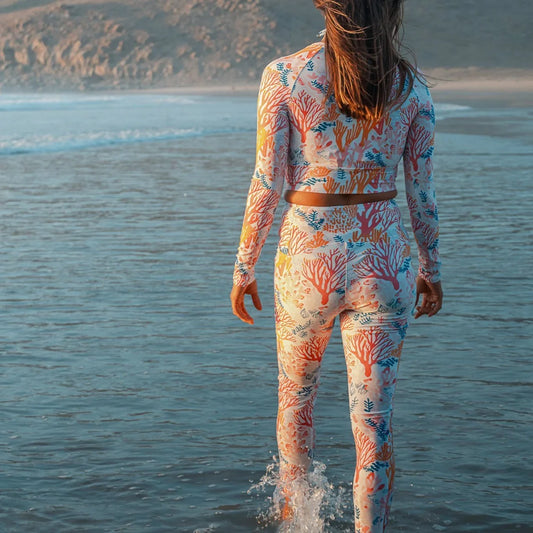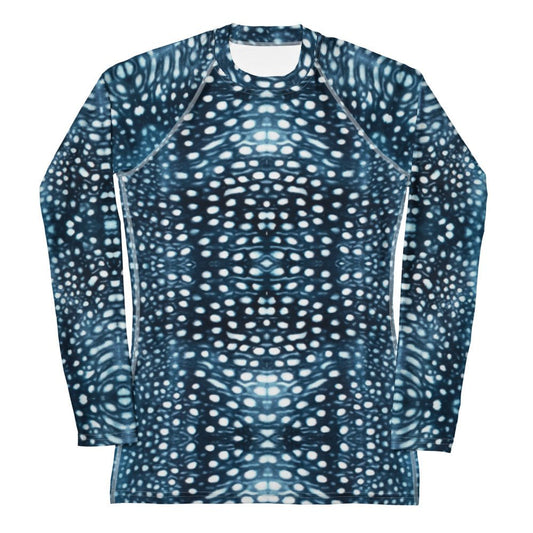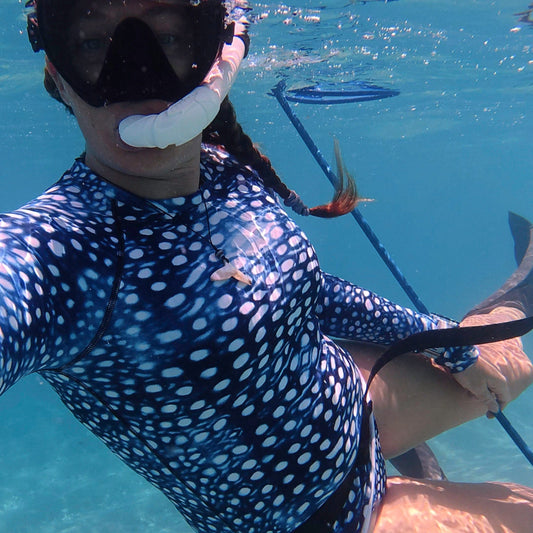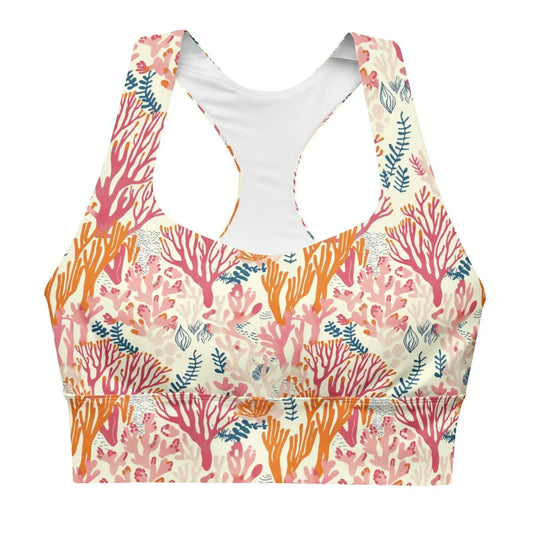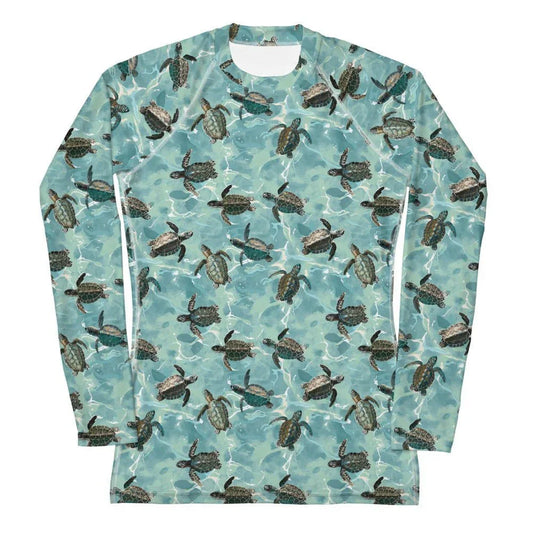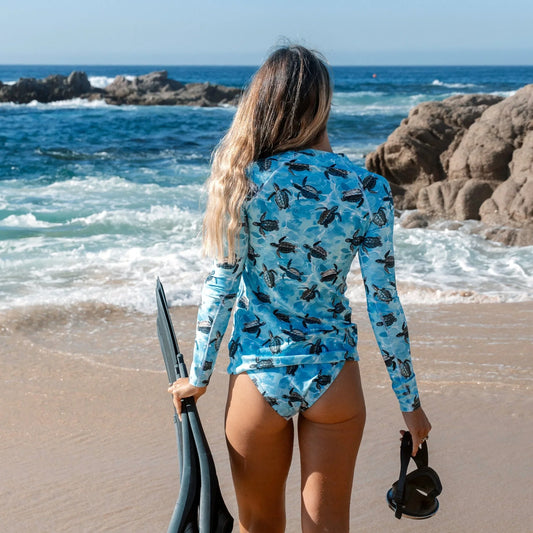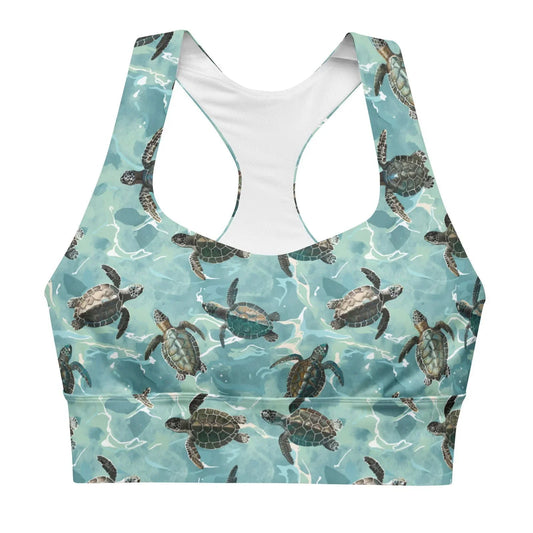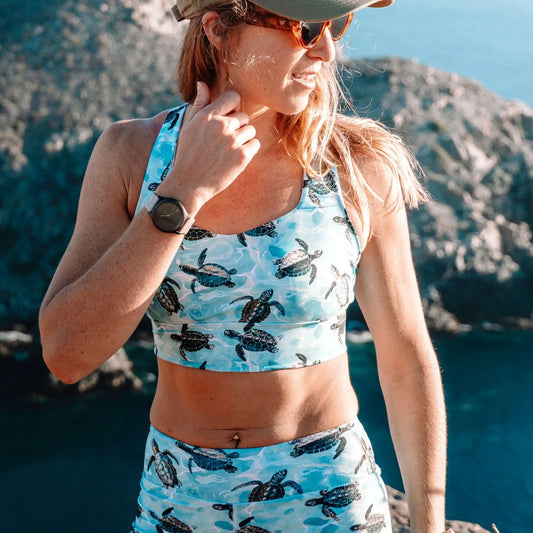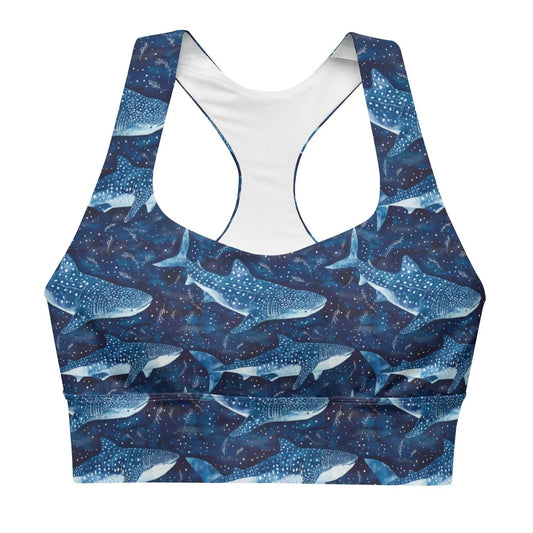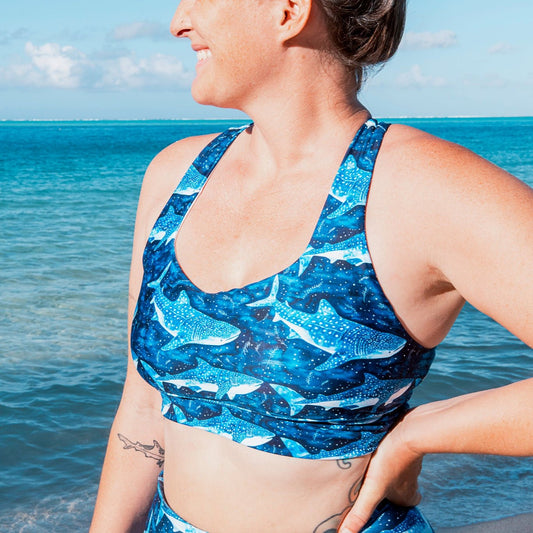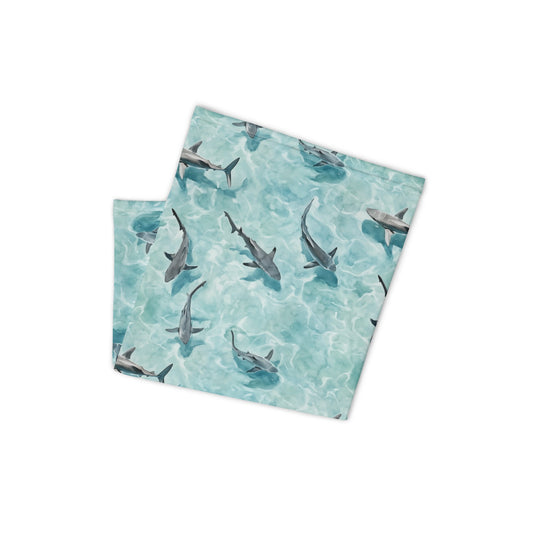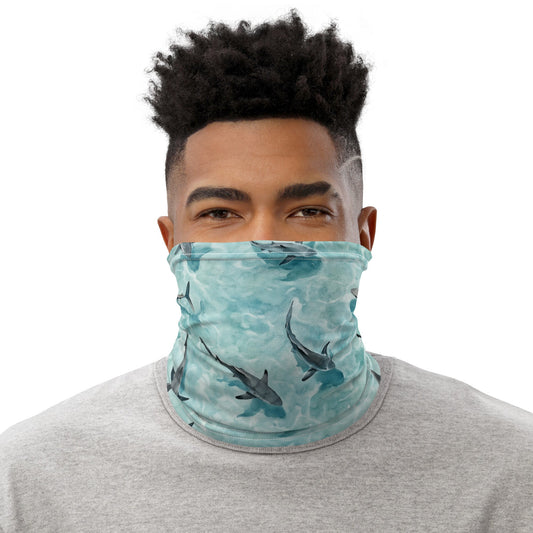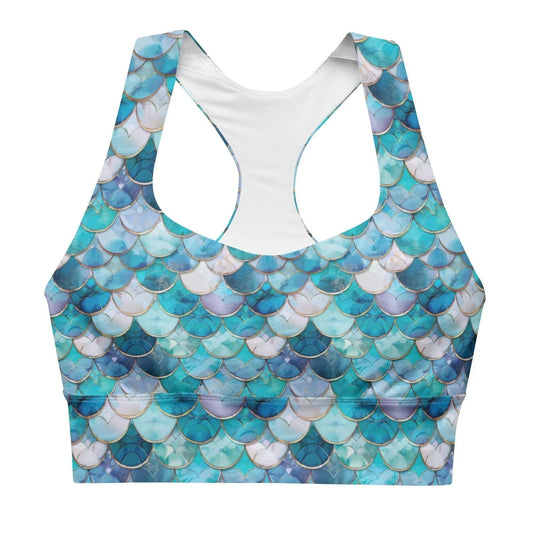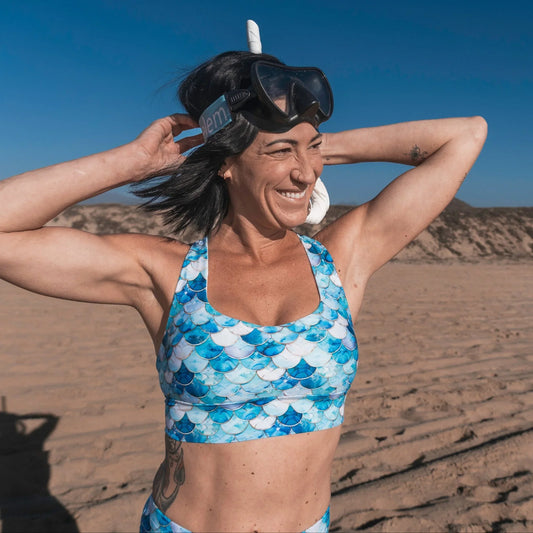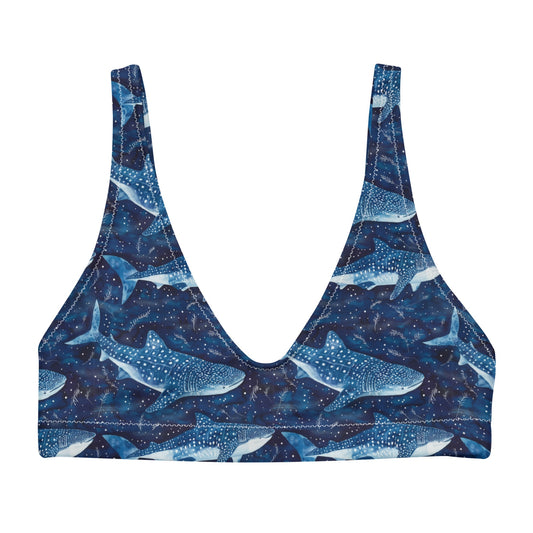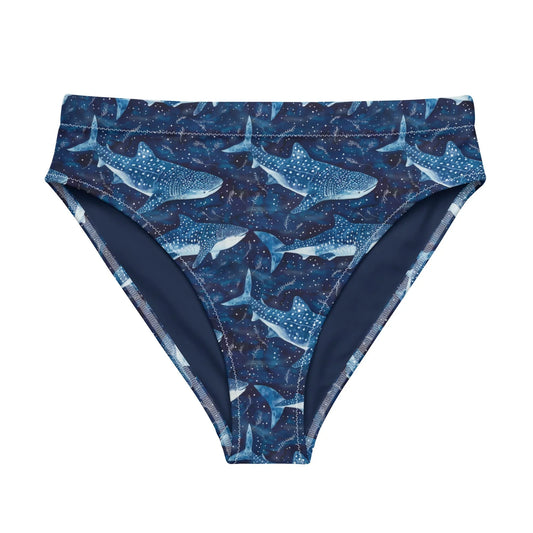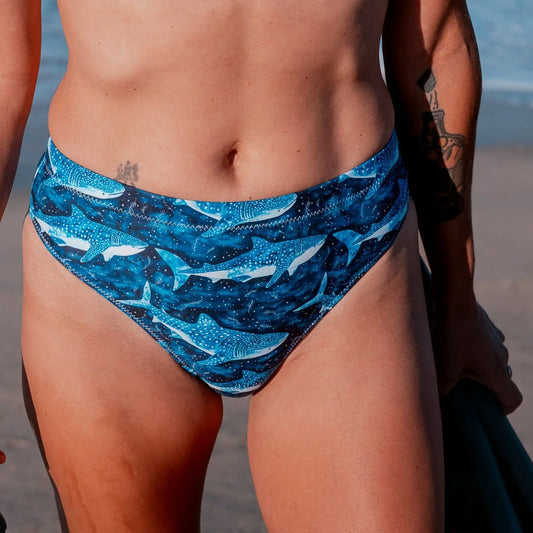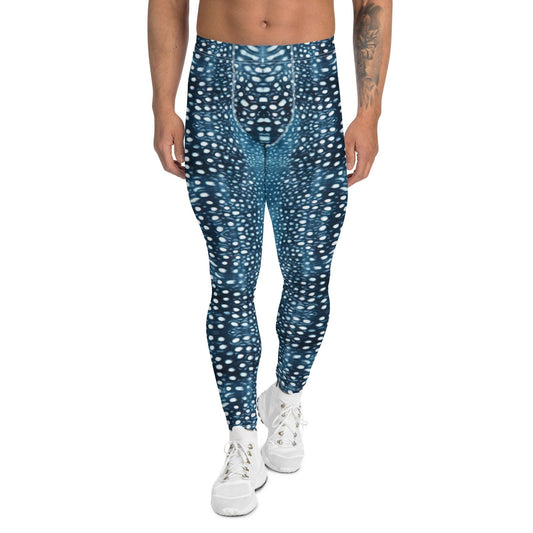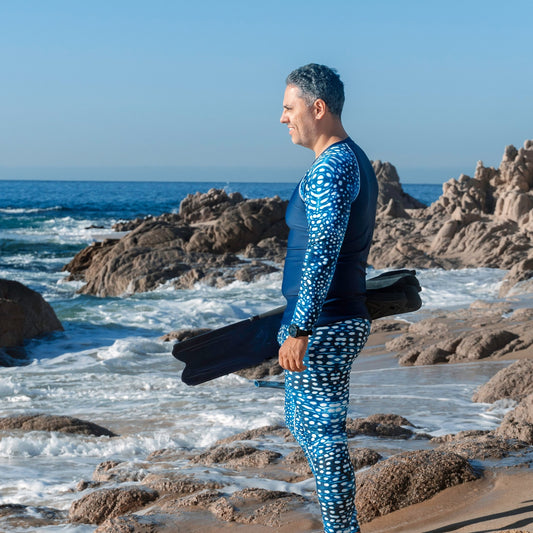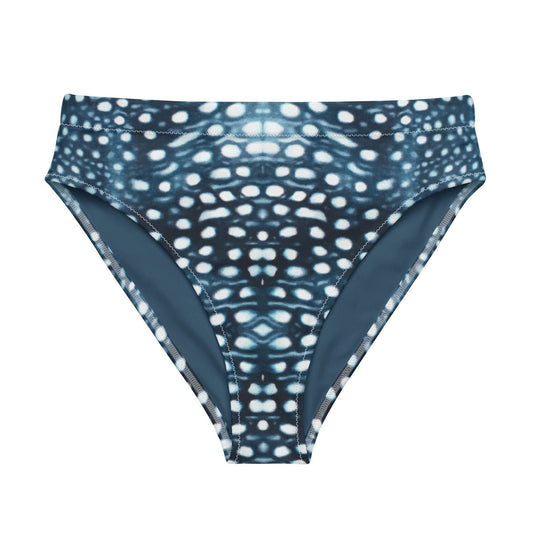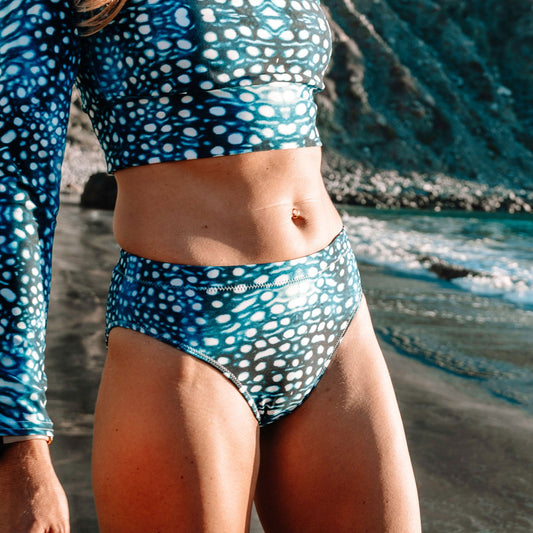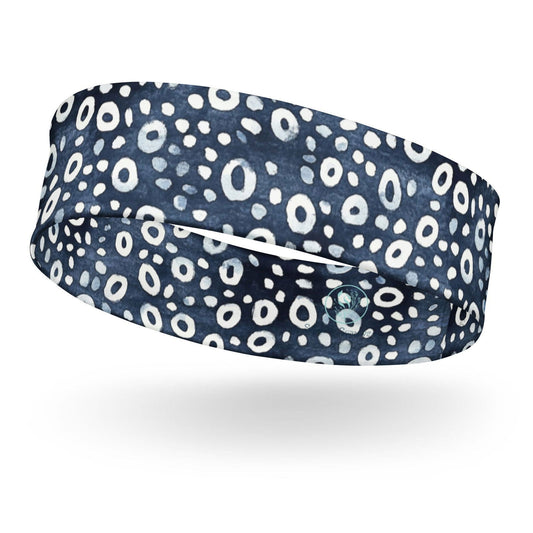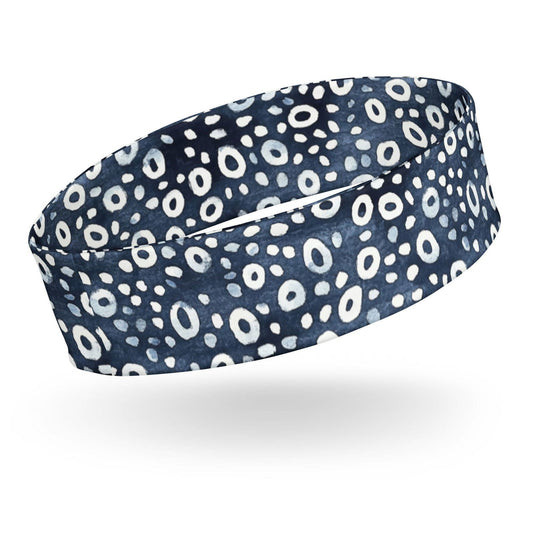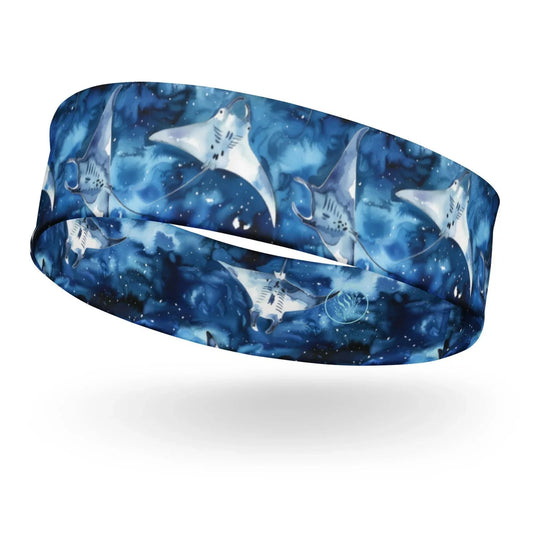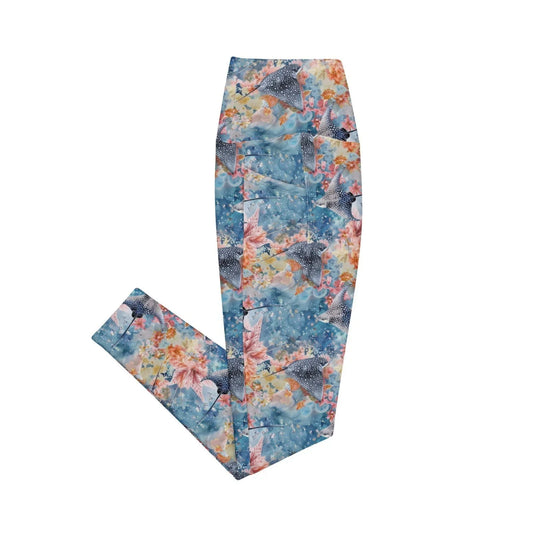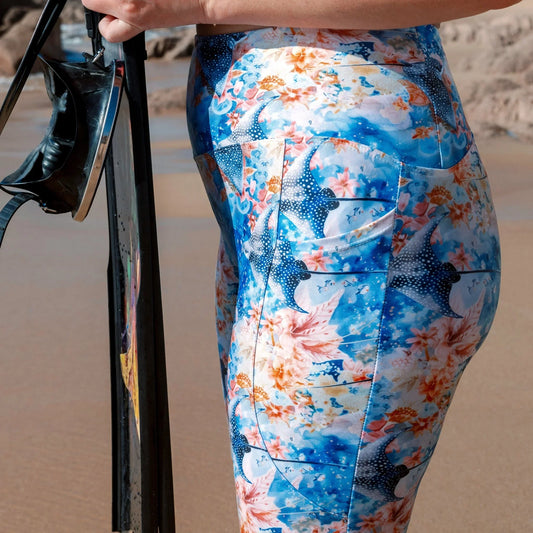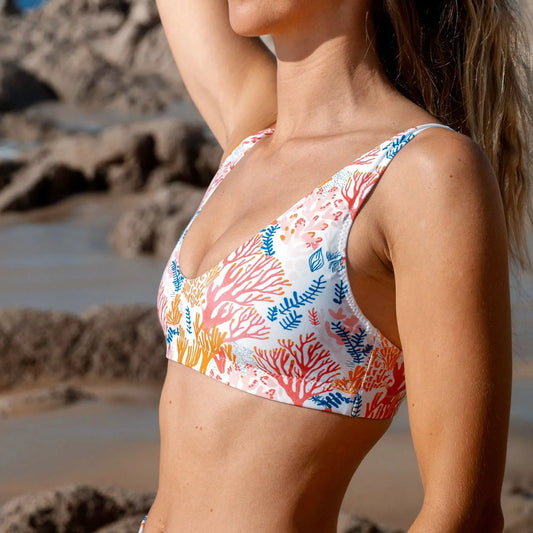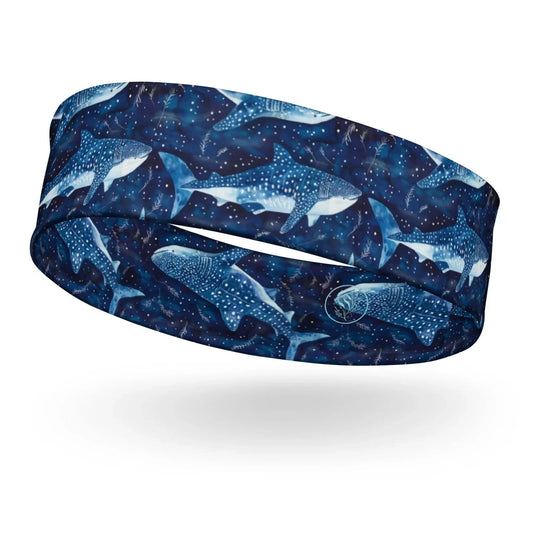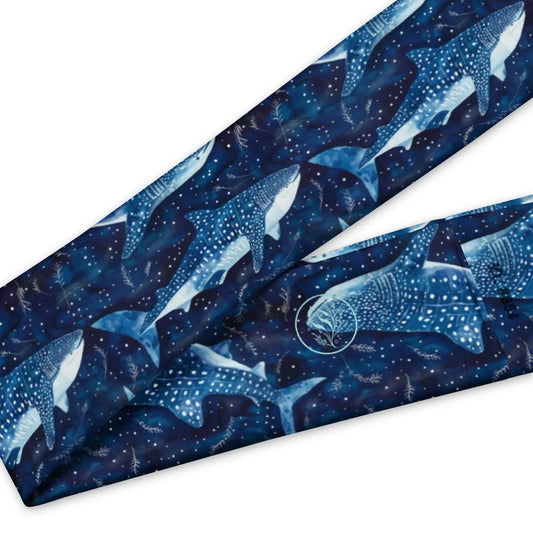
Best adventure dives for Advanced Open Water (AOW)
Angela ZancanaroShare
If you've completed your Open Water certification and are ready to take the next step in your diving journey, the Advanced Open Water (AOW) course is the perfect opportunity to expand your skills and experience the underwater world like never before. This course not only enhances your dive knowledge but also offers you the chance to explore a variety of underwater environments through five distinct adventure dives.

What is the Advanced Open Water Course?
The PADI AOW course deepens your dive knowledge with two required dives (Deep Dive and Navigation Dive), plus three elective dives based on your personal interests. This course is about building new skills, learning how to dive more safely, and gaining the freedom to explore more challenging dive sites.
A key difference between the AOW and Open Water (OW) courses is the ability to access deeper and more remote dive sites. Many dive shops will require an AOW certification to take you to certain spots that involve deep dives, as these sites often go beyond the limits of the Open Water certification. The AOW course allows you to dive to depths of 30 meters (100 feet), opening up the opportunity to explore more diverse marine environments that require specialized training.
The AOW course is also a stepping stone for divers who want to move toward more specialized certifications, like wreck diving, night diving, or technical diving, or simply refine their overall diving technique. It's a great way to break out of your comfort zone, expand your horizons, and dive deeper into the world of scuba diving.
The Essential Adventure Dives in the AOW Course
-
Deep Dive
The Deep Dive is mandatory and one of the most exhilarating aspects of the AOW course. This dive takes you deeper than your typical recreational dive, often to depths of 18 meters (60 feet) or more. You'll experience the unique challenges of deep diving, including changes in pressure and gas absorption. This dive teaches you essential skills like managing air consumption at depth, recognizing and handling nitrogen narcosis, and understanding the importance of dive planning and gas management.
At these depths, you may encounter different marine life and underwater landscapes not visible at shallow depths, making the experience truly special. However, deep diving requires more careful planning, including understanding dive tables and dive computers, so you’ll leave this dive with the knowledge and confidence to safely dive deeper in the future.
-
Navigation Dive
The Navigation Dive is another required part of the AOW course and is all about honing your ability to find your way underwater. Whether you're exploring a wreck, a reef, or an unknown dive site, navigating underwater is an essential skill. During this dive, you’ll learn how to use a compass to chart your path, how to estimate distance, and how to use natural landmarks for navigation.
This dive is crucial for anyone who plans on diving in unfamiliar locations. The skills you learn during this dive will make you a more confident and independent diver, ensuring that you can explore new sites safely and with purpose. Good navigation also helps avoid disorientation, which is a key aspect of safe diving.
Peak Performance Buoyancy (PPB) Dive
While Peak Performance Buoyancy (PPB) isn’t a required dive in the AOW course, it’s one of the most beneficial and fun dives you can do. For me, it was a game-changer and possibly the most important dive I did in my entire diving career.
During the PPB dive, we played buoyancy games that helped us refine our buoyancy control. Exercises like hovering in one spot, adjusting your weights to improve your trim, mastering your breath to move through the water instead of relying on your bcd for up and down control, and doing sometimes just doing somersaults underwater, the experience is both challenging and enjoyable. It is all about improving how to control your movement and position underwater.
Mastering buoyancy is a game-changer for all divers. It helps you conserve air, reduce physical strain, makes it easier to hold a camera on your next dive and reduce your impact on delicate marine environments. It’s essential for longer dives, better control, and a more enjoyable diving experience.
Optional Adventure Dives:
Once you’ve mastered the required dives, you’ll have the opportunity to choose three additional adventure dives. We already said Peak Performance Buoyancy (PPB) should definitely be one of your choices. As for your other two dives, here are some options availible to consider based on your interests:
- Adaptive Support
- Altitude
- Boat
- Cavern
- Deep
- Delayed Surface Marker Buoy
- Digital Underwater Imaging
- Dive Against Debris (AWARE)
- Diver Propulsion Vehicle
- Drift
- Dry Suit
- Enriched Air
- Fish Identification
- Full Face Mask
- Ice
- Night
- Rebreather
- Rescue
- Search & Recovery
- Self-Reliant
- Shark Conservation (AWARE)
- Sidemount
- Underwater Naturalist
- Underwater Navigation
- Wreck Diver
While many of these adventure dives are available as part of the AOW course, the primary goal is to provide a foundational understanding of different types of diving, giving you the ability to try different types of diving to then continue on for future specialty courses. Some dives require special conditions or specific instructors. For example, Wreck Diving can only be done if there is a wreck in the area, and Dry Suit Diving requires specific gear and environmental conditions to be most effective. Not all dive shops may offer these dives, and some may require additional certifications or instructors with specialty training.
Check with your dive shop to see what adventure dives are available in the area you’re diving. This ensures you have the best diving experience possible and can choose dives that align with both your interests and the local dive conditions.
Choosing the Best Dives for Your Experience

While many of these adventure dives are available as part of the AOW course, some are better suited for certain dive environments or personal goals. Based on my personal experience diving in different areas, here are some of the most important dives to consider that will truly enhance your skills and broaden your dive horizons:
-
Night Diving
Experiencing the ocean at night is a completely different world. Many creatures are nocturnal, and night diving gives you the opportunity to see these amazing animals in action. This dive is a must for anyone who loves the idea of exploring the ocean after dark. It's one of the most unique and exciting experiences you’ll have as a diver.
-
Search & Recovery
This dive is a game-changer for anyone interested in practical, skill-building dives. You’ll learn how to recover lost equipment and other objects from the bottom of the sea. It’s also a great dive to help you develop critical thinking and problem-solving skills underwater. It’s an essential dive for divers who want to learn how to respond to real-world challenges.
-
Rescue
Rescue Diver training is incredibly important, not just for safety, but also for your own confidence as a diver. This dive teaches you how to handle underwater emergencies, assist other divers in distress, and even manage panic situations. It's a must for anyone looking to take their diving to a professional level or just want to be prepared in case of an emergency.
-
Drift Diving
If you're diving in areas with currents, Drift Diving is an exhilarating way to experience the water. You’ll float effortlessly along with the current, allowing you to explore new dive sites with minimal effort. It’s a fun dive that builds your skills in navigating moving water, and it’s often a staple in areas like coastal reefs and deep channels.
-
Digital Underwater Imaging
Whether you're into photography or videography, Digital Underwater Imaging is an amazing dive to consider. It teaches you the basics of capturing underwater scenes, which can enhance your diving experience. You’ll learn how to work with light and framing, ensuring you bring back stunning memories from your dives.
-
Fish Identification (Fish ID)
If you're passionate about marine life, Fish ID is one of the best dives you can do. Not only will you learn how to identify different species of fish, but you’ll also learn about the ecosystems they inhabit. It’s a great dive for those who want to deepen their connection with the ocean and appreciate the biodiversity beneath the surface.
-
Underwater Naturalist
This dive goes hand-in-hand with Fish ID, but it takes things a step further. You’ll dive deeper into marine ecosystems, learning about the relationship between species and how everything in the underwater world fits together. This is the dive for anyone who wants to gain a greater understanding of marine life and how to protect it.
Dives to Think Twice About

While there are many exciting adventure dives available in the AOW course, some may not offer as much value in terms of learning or experience, especially when you’re just getting started. Based on my experience, here are a few dives I recommend reconsidering:
-
Wreck Diving
For those fascinated by shipwrecks, a Wreck Dive is an exciting opportunity to explore sunken structures. However, it's important to note that PADI standards do not allow entering wrecks without additional training. If you're hoping to explore inside a wreck during your AOW, you'll likely only explore the exterior, as penetration requires a separate Wreck Diver Specialty.
-
Boat Diving
While Boat Diving is often a standard dive, it’s typically basic, teaching boat safety and entry/exit procedures, which are usually familiar to most divers. Some instructors may recommend it because it's easy to facilitate, but if you're looking for more advanced skills, this dive might not provide much new learning.
-
Enriched Air (Nitrox)
While Nitrox Diving is a valuable specialty, it's better suited as a standalone course. If you complete Nitrox as an adventure dive in AOW, you won't be fully certified to dive with Nitrox in other locations without taking the Nitrox Specialty course. It's best to pursue it after your AOW for a more in-depth understanding and better application of the theory.
Your Advanced Open Water Journey Starts Here
The AOW course is a fantastic way to expand your diving horizons. By selecting the right adventure dives, you’ll push your limits, gain confidence, and become a more skilled diver. Whether you’re interested in wrecks, marine life, or buoyancy control, the AOW course opens the door to new diving adventures.
Ready to take the plunge? Choose your adventure and dive deeper into your passion for the ocean!





